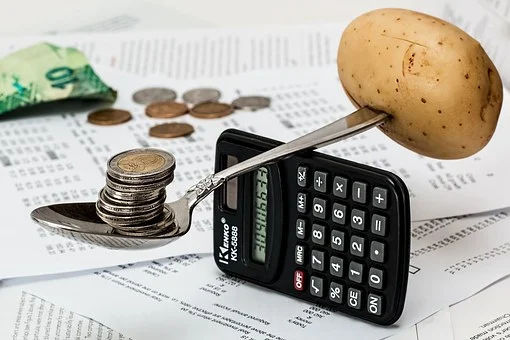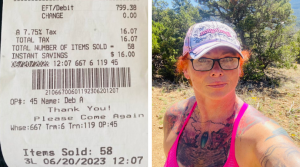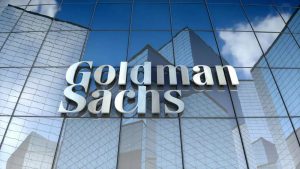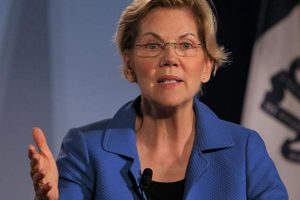Cooking gas cylinders have started costing more from Monday as prices have been increased for a second time this month. In all, the increase has been Rs 75 within 10 days in February and in Delhi, a cylinder now comes for Rs 769. Prices of motor fuels %u2013 petrol and diesel %u2013 have anyway been on fire for many months and a litre of petrol costs over Rs 95 in Mumbai; it is at a record high elsewhere too.
The huge quantum of price hikes is not just confined to fuels. As per data from the department of consumer affairs, there is a significant increase in the price of onions and cooking oils too. A kilogram of onions was selling for Rs 54 in Delhi on Sunday morning, up by Rs 20 from January 1; a litre of packaged mustard oil saw prices jump by Rs 63 in Nashik during the same period to Rs 178 on Sunday against just Rs 115 on January 1.
Also Read | WPI inflation rises to 2.03% in Jan on costlier manufactured items, food prices ease
The sharp increase in prices of onions, cooking oil, travel costs and cooking gas has come about despite the Reserve Bank of India (RBI) and economists flagging the consistent decline in food prices over at least the last two months.
In fact, the story of inflation is a tale with many twists. In January, retail inflation %u2013 increase in prices for end consumers %u2013 moderated but wholesale prices rose and core inflation remained sticky. Core inflation is the increase in prices minus food and fuel. While moderating retail inflation and rising CPI indicate return of growth, sticky core inflation and the prospect of increasing prices of some goods and services in the next few weeks is a cause for concern.
Ratings agency ICRA has pointed out that overall, the core-CPI inflation (CPI excluding food and beverages, petrol and diesel for vehicles, and fuel and light) remained unchanged at 5.5% in January. And the rise in the inflation for pan, tobacco and intoxicants, clothing and footwear was offset by the softening in the inflation for miscellaneous items (especially under personal care and effects). From December to January, core-CPI rose by 0.6%.
Also Read | New tax on EPF interest, not much hike in health, defence allocations: Budget fine print
And early data for February reveal contrasting underlying forces for food items, with a dip in prices of food grain and some vegetables such as potatoes and tomatoes, juxtaposed with a rise in prices of other food items, especially edible oils as well as onions.
%u201CAdditionally, the hardening prices of crude oil and its partial transmission into domestic retail prices, remains a key area of concern. With global and domestic demand expected to strengthen with the rollout of COVID-19 vaccines, the core-CPI inflation may remain relatively sticky and display a limited correction going forward,%u201D the ICRA analysts said.
These analysts expect retail (CPI) inflation to begin rising in February-March, 2021. The upshot is that unless the government cuts taxes on fuels and the price of onions moderates, inflation will continue to pinch.
Analysts from a Mumbai based brokerage pointed to rising cost of health services post COVID-19, fuel tax increases leading to rise in pump prices and elevated gold prices leading to core inflation.
Also Read | Government to privatise 4 state-run banks, including Central Bank of India, Bank of Maharashtra: Report
%u201CWe expect this trend to continue as the recent sharp increase in global commodity prices will likely exert upward pressure on core inflation through price increases%u2026 With the recent rise in global commodity prices, sectors such as auto, paints, cement, steel, consumer durables and electrical shavers have seen price hikes.%u201D
So continued high fuel prices will have a detrimental effect on the inflation print going forward. In any case, fast moving consumer goods (FMCG) companies have already increased prices of cookies, branded tea etc due to significant increase in prices of ingredients and this has impacted household budgets.
The RBI has also noted the increasing core inflation (non-food, non-fuel). The latest monetary policy note says that CPI inflation is now pegged at 5.2% in the current quarter, between 5.2-5.0% in April-September and 4.3% in the December quarter.
Also Read | Never before Budget: Investors, India Inc sigh in relief at absence of new levies, growth push
On its part, the government has maintained that the price increase in cooking gas, for example, impacts only a minuscule number of users since the majority of cylinder users avail of subsidy. As for the rise in pump prices of petrol and diesel, a revenue-starved government raised taxes on the two fuels by a significant margin during March and May 2020: central excise duty was raised by Rs 13 per litre on petrol and by Rs 16 per litre on diesel.
As on date, for every rupee that the consumer spends at a pump, nearly 66 paise goes into a myriad of taxes. In Delhi, petrol dealers get the fuel at about Rs 27-28 per litre from refineries. Then nearly Rs 50 are added to this price on account of excise duty (central levy), value added tax (state levy) and dealers%u2019 commission. While excise levy stays the same across the country, VAT rates differ in states, making total tax incidence on two fuels different for each state. Besides, now that international crude prices have begun inching up, the pump prices in India are similarly increasing.
Last week, petroleum minister Dharmendra Pradhan said in Parliament that the government had no plans to reduce levies on petrol and diesel. So while the prices of onions are expected to moderate as supplies increase in the coming weeks, core inflation is unlikely to soften unless duties on the two fuels are slashed.
#FuelPrices #GasCylinder #Inflation #Economy #IndianEconomy #RBI #DharmendraPradhan #Onion







